READY TO GET STARTED?
REQUEST A FREE ESTIMATE
Fill out the form below or call (888) 466-7849 for a free, no-obligation estimate.
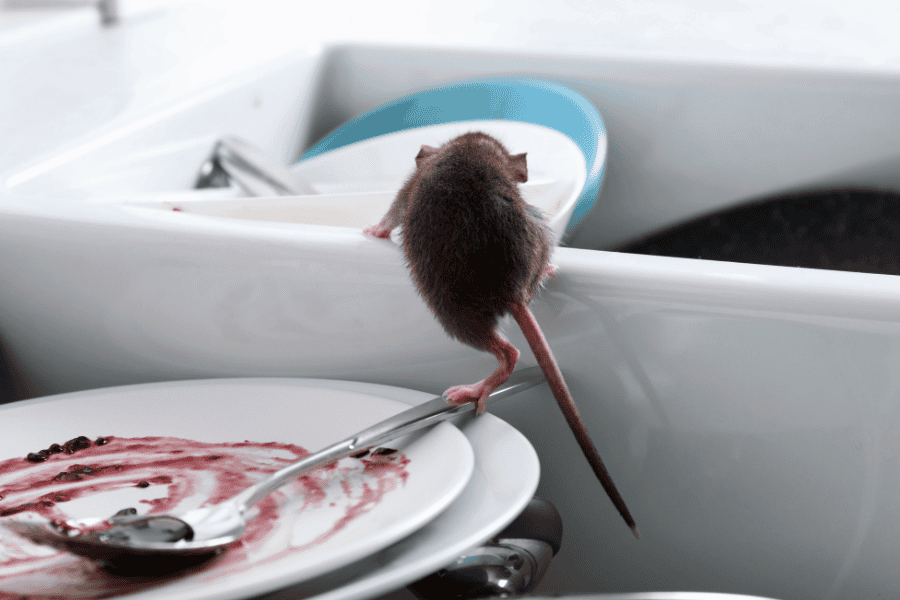
Rats are practically year-round creatures in Florida, seeking your home for a warm place to nest and find a food source. Once these rodents find their way inside your home, they will reproduce quickly, making it difficult to remove them. Here is what attracts rats to your home and easy prevention tips to avoid a future infestation!
Rats are attracted to homes that are both dirty and cluttered. These wildlife creatures look for leftover food crumbs and spills for their food source. Likewise, rats tend to utilize piles of old newspapers or cardboard boxes to create a nest and hide out.
Rats can enter homes through a gap or hole the size of a quarter! If any openings are found, they’ll use it to their advantage to make their way inside your home. You can often find these openings around your foundation, doors, and windows.
Your yard is the first line of defense for avoiding rodents but there could be factors attracting them right onto your property. Leaf piles and deep mulch are the perfect materials for rats nesting sites. Likewise, dirty outdoor grills and open garbage cans can be an invitation for rats to scavenge and find a food source.
Rats need water to survive and will look for any source available in and around your home. If there is a constant supply of water dripping from your pipes, that’s enough for rats to move into your home. Common areas where rats find water include leaky bathroom faucets, pipes in your basement, hose faucets, and even HVAC systems.
One of the biggest rat attractions is any available food source. Leftover crumbs, drink spills, and open food containers in your pantry will all attract rats into your home. Rats are not picky eaters and are attracted to all kinds of food, including meats, vegetables, fruit, and more.
Having a rat infestation can be alarming, not only because of the damage they can cause but also the diseases they can spread. One of the best ways to keep rats from entering your property is to place the preventative measures to deter them in the first place. Consider these tips and tricks to avoid rats:
If you’ve noticed rodent activity at your property or would like to start rodent control now, it’s best to call a pest control company near you. These professionals can provide you with a thorough inspection, rodent identification, and a rodent treatment and removal plan based on your needs.
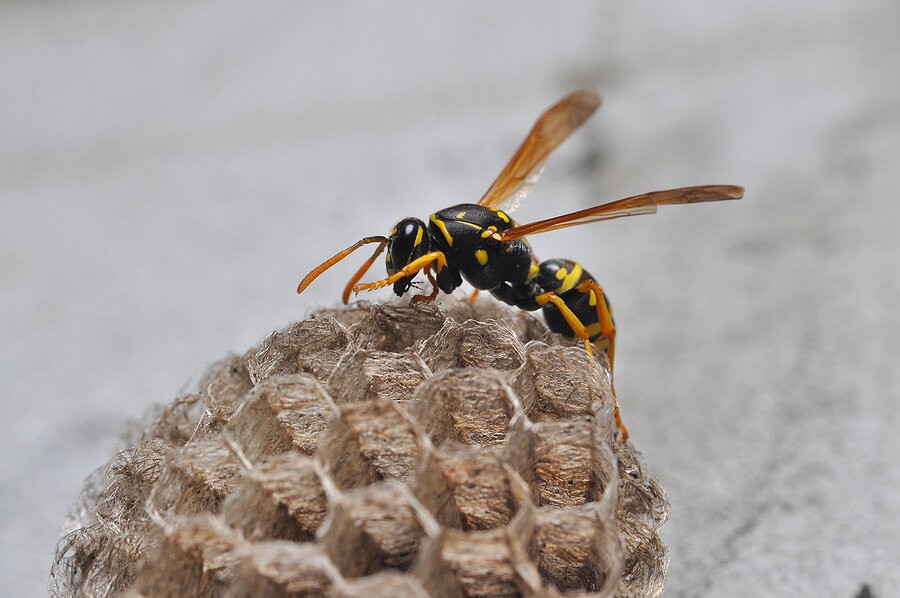
Florida is no stranger to dealing with stinging pests! These insects can become a real nuisance to your Bonita Springs property once they have invaded your yard and can pose a health risk to your family. Let’s review some common stinging pests in Florida and how you can avoid them on your property.
Stinging pests are most active during summer and early fall, so it’s crucial to start placing preventative measures throughout your property to avoid their infestation! Check our tips and tricks on avoiding stinging insects:
If you happen to be stung by a stinging insect, it’s best to seek medical attention immediately. Likewise, if you’ve seen an influx of stinging pests on your property, it’s best to contact a pest control company near you. Removing nests can be extremely dangerous, so it’s best to leave it to the professionals who will safely remove the nest and provide you with recommendations on preventing these common stinging pests in the future.
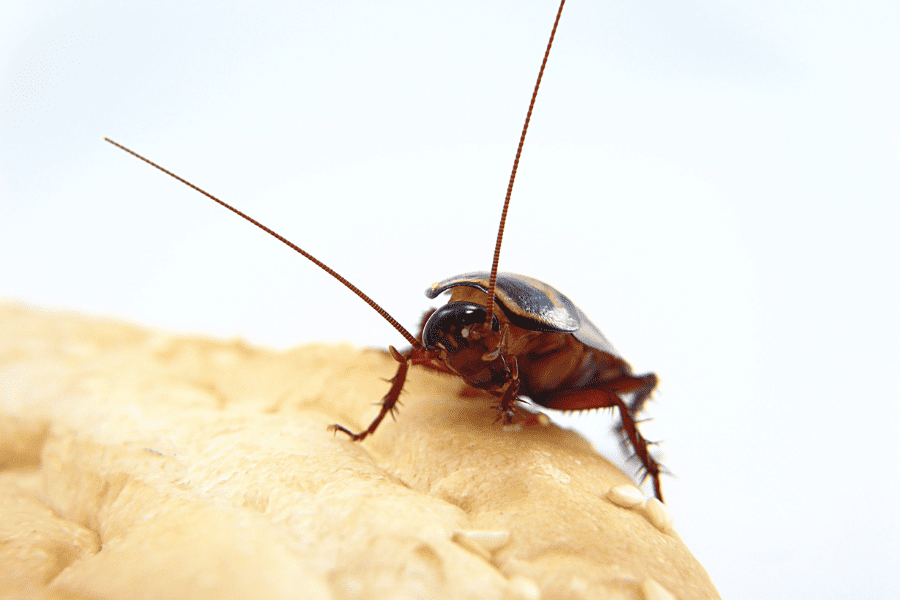
Cockroaches are one of the most common household pests that Florida residents will deal with. While these pests won’t cause structural damage, they can be a health risk to you and your family as they will transmit diseases and contaminate food. Spotting a roach inside your home doesn’t always mean your home is dirty, as roaches can easily get into the cleanest of homes to look for food, water, and shelter. One question homeowners often ask is “How can I stop roaches?” One of the best ways you can prevent them from entering your home is to understand how they can get inside in the first place and familiarize yourself with the cockroach prevention tips that you can utilize.
Roaches can be extremely resourceful when trying to enter homes. These small insects will flatten themselves to be able to crawl through the smallest holes and cracks leading inside a building, including openings around your foundation and utility pipes leading inside the home. Likewise, they will squeeze through any available openings around doors and windows, whether it’s gaps or if it’s been open too long. Roaches are known to hitchhike and lay their eggs on certain items to get inside the home, including luggage, backpacks, used furniture, used appliances, and packages.
One of the best ways you can stop roaches is to create an environment they aren’t attracted to that will deter them away. Check out our common roach preventative tips to consider:
Cockroaches are extremely resilient and once an infestation occurs, they can grow overnight! If you’ve noticed one too many roaches than you are comfortable with, contact a pest control company near you for a free evaluation and the recommended pest control treatment and prevention plan based on your current pest situation.
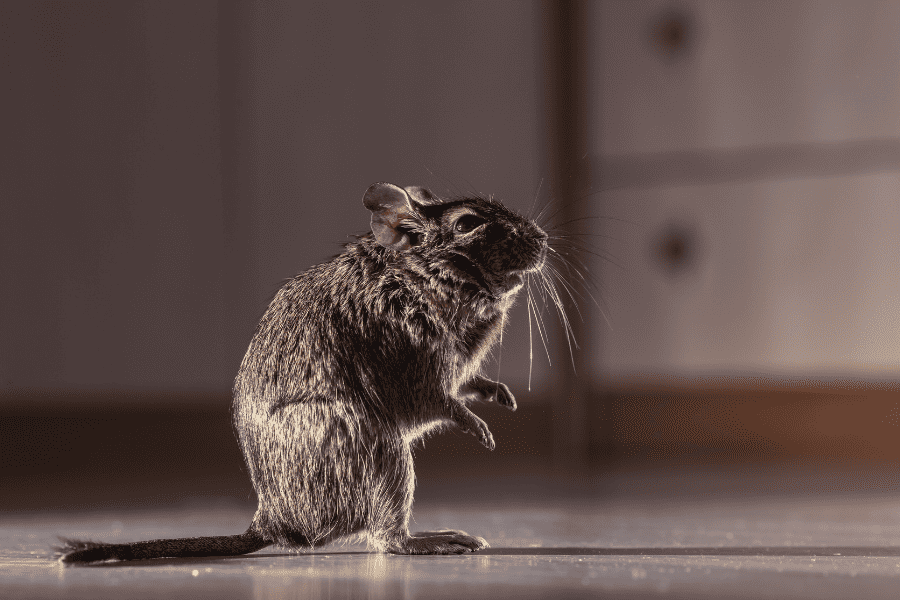
Contamination, disease, and property destruction are all possible in your home if a rodent invades it! Rodents, including mice and rats, can be destructive creatures and once they’ve invaded your home, it can be difficult to remove them since they reproduce so quickly! One of the best ways to ensure these pests don’t enter your Florida home is taking the necessary precautions to avoid them in the first place. We break down the types of rodents to be cautious of and our best do-it-yourself rodent prevention tips to keep rodents out of your Sunrise home.
Rodents are attracted to food, water, and available shelter, so it’s crucial to eliminate these factors from your property to avoid a rat and mouse infestation. Check out our DIY rodent prevention tips for your Florida property:
If you suspect you have a rodent infestation or are interested in getting ahead of preventing them, call your local pest control company. Professionals will provide you with a thorough inspection, identification of the rodent, possible entry points, and a rodent control and prevention plan.
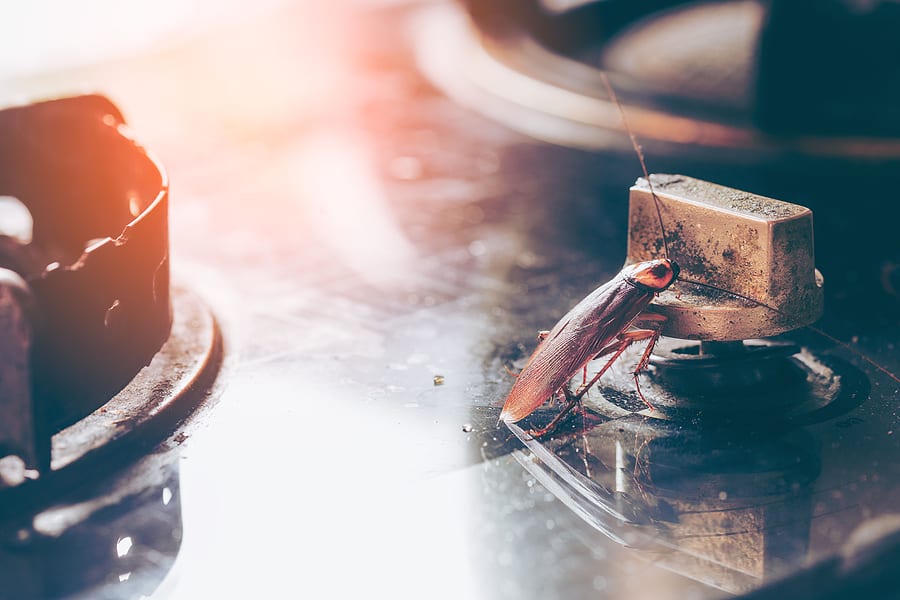
It’s always alarming spotting a roach in your home. These pests are highly adaptable and seek out human environments for a food and water source. Once they’ve infested your home, it can be difficult to control and eliminate them as they reproduce rapidly! The first step in preventing roaches is understanding the signs of cockroaches and the factors that could attract them into your Florida home.
The best way to avoid roaches from entering your Sanibel property is placing preventative measures throughout! Check out our tips on preventing cockroaches:
If you’ve noticed the above signs of cockroaches, it’s best to call your local Florida pest control provider. These professionals will identify the type of roach, any entry points, and the best treatment and ongoing prevention for your home.
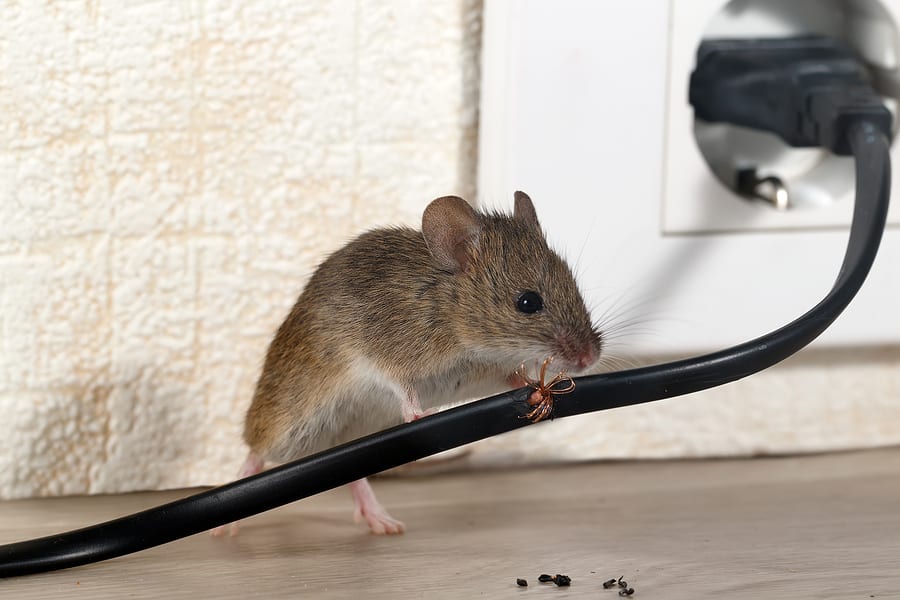
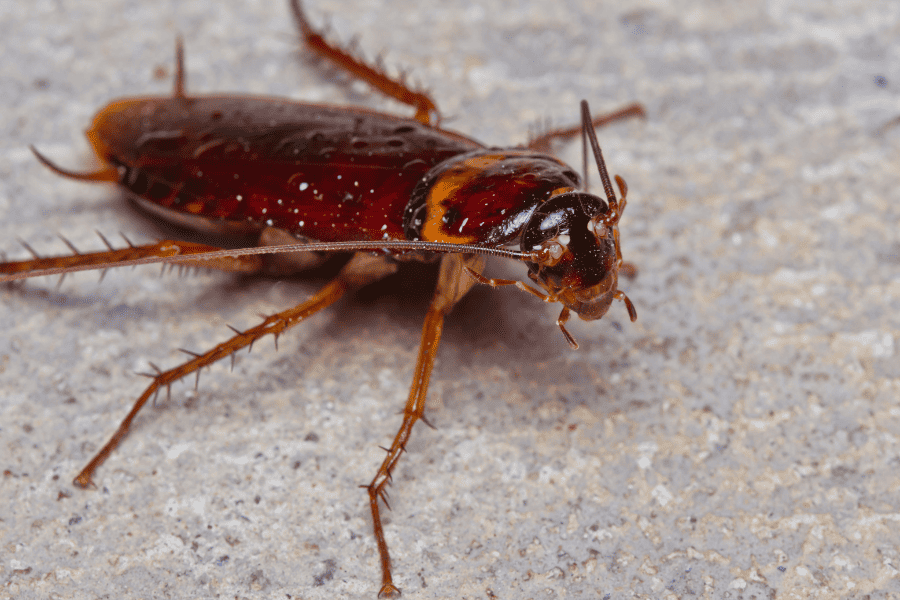
Cockroaches are common household pests seeking a warm environment to provide them with food and water. These pests can pose a serious health risk to humans as they transmit diseases and trigger allergies and asthma. Roaches will utilize any small hole, gap, or cervices to enter your home. They are also known to hitch a ride inside grocery bags, boxes, and used appliances.
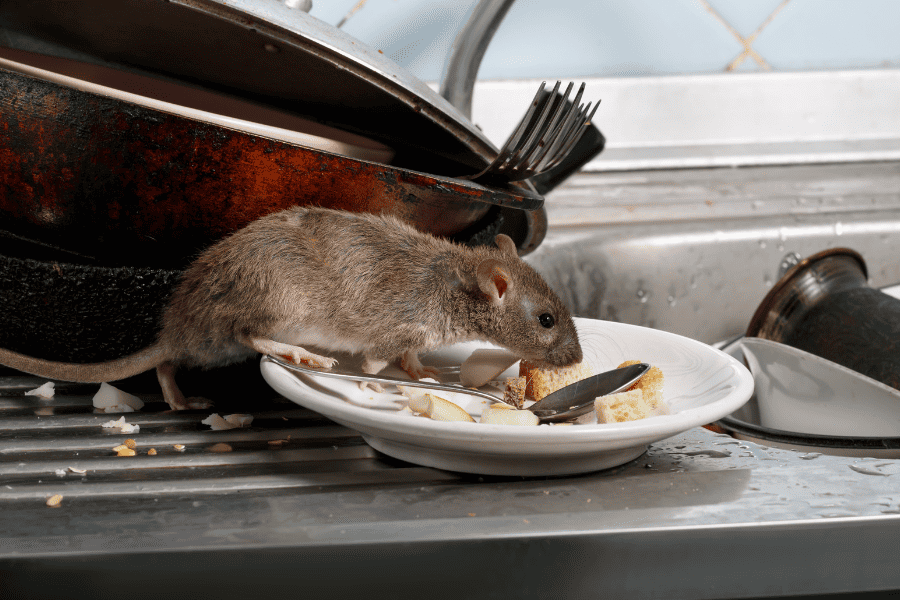
Rodents, including rats and mice, are year-round pests but they can become a major problem as the winter season approaches. Rodents will seek out warmth, food, shelter, and water inside our homes, squeezing through small holes and gaps to get inside. Mice and rats can cause damage to our homes and be a health risk to humans as they are known to chew through insulation, wiring, wood, and contaminate surfaces through their droppings.
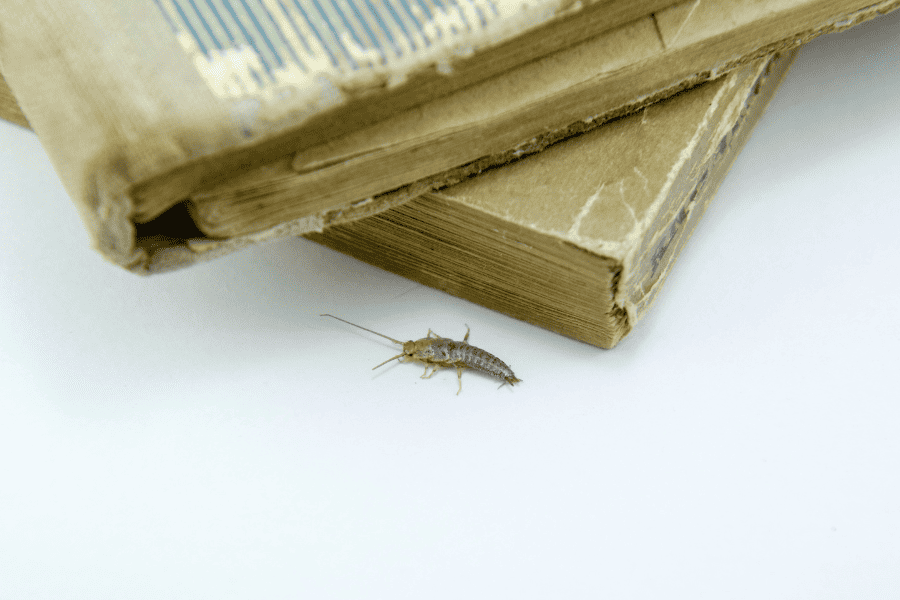
These pests will look to your basements and bathrooms to seek a damp, cold place to live in. While silverfish are harmless to humans, they can invade in numbers, and cause them to be a major nuisance to remove them. These pests will often gain access to your home by hitching a ride through the items you’ve taken out of storage in your garage or attic. Silverfish will also feed on your books, glue, wallpaper, and boxes.
It might seem impossible to deter wildlife creatures from your home during the winter but by placing certain preventative measures throughout your property, you can avoid their infestation! Check out these winter pest control tips when you want to keep these pests away:
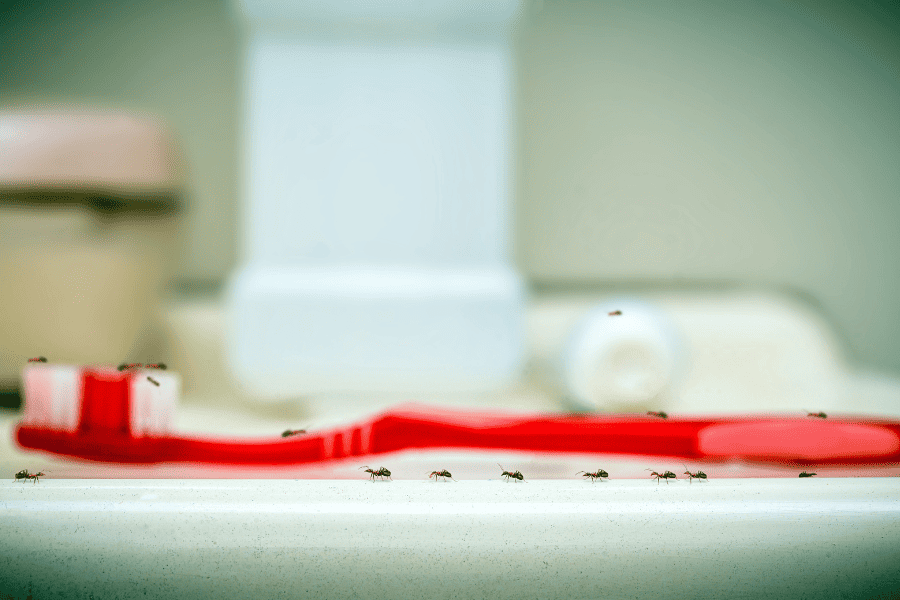
Purchasing and owning a home brings a sense of pride and responsibility for many Florida homeowners. A home is not only an investment but it’s the place where you can raise your family, so it’s crucial to keep it protected. Having a routine pest control service can bring several benefits to your property and family. Here are 5 reasons to consider it.
If you’re interested in recurring pest control services, contact your local South Florida pest control company for more information and a free inspection.

Florida has a unique climate compared to the rest of the southeast, especially in the winter months. Due to the humidity and active pests this time of year, effectively storing your holiday decorations to prevent a pest infestation can require a bit more strategy. Let’s go over the best ways to store holiday decorations pest-free, year-round!
Opting for moisture-resistant plastic containers with tight sealing lids makes it easier to create a protective barrier against the damp Florida air. This not only guards your decorations against moisture-related damage, but also helps to deter pests attracted to humid environments.
Cardboard is susceptible to moisture damage and is an attractant for certain pests. The material is easy to chew through for cockroaches and silverfish, making it a not-so-great option for storing items year-round. Utilizing plastic storage containers is a great way to discourage pests from taking over your décor.
Items like gingerbread houses or even candy canes should be discarded after the holiday season ends. It’s better to remake or repurchase the food-based decorations yearly.
If you are storing boxes in your basement or garage, utilize a shelving unit to place boxes on. When boxes are stacked on the ground or piled up, they can become ideal hiding spots for pests or rodents. Using shelves will keep these boxes off the ground, limiting the chance for them to become an unwanted pest’s home.
Use these tips to store holiday decorations and preserve the holiday spirit in your Florida home! If you notice more pests than normal in your storage space, contact your local pest control company for a customized pest plan and enjoy a pest-free holiday!
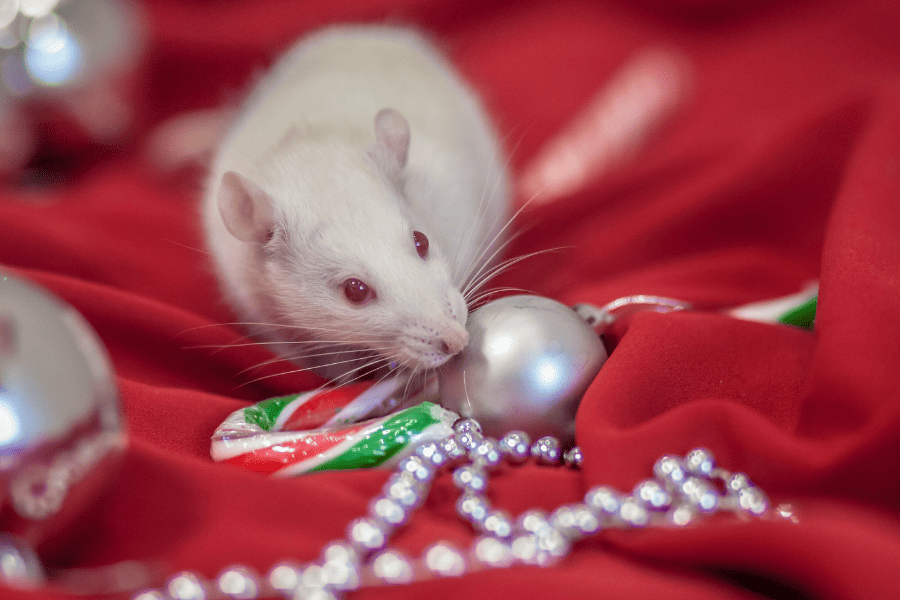
As the holiday season approaches, most of us are gearing up to host dinners and celebrations with friends and family. While preparing for your guests, the last thing you want to deal with is a pest infestation! Spiders, roaches, rodents, and more household pests are looking to your home for food, water, and shelter. Before you break out your holiday decorations, check out our pest prevention tips for holiday pest control!
If your South Florida home has an attic, basement, or a garage, it’s likely you’re storing your holiday decorations in them. While these areas can be a great way to store items, they are also dark and secluded, making it the perfect place for pests to invade. Pests, like rats and mice, will crawl into your holiday storage boxes you put away last year, destroying and contaminating them!
Before you bring down your holiday decorations, make sure to inspect and unpack them outside of your home. After the holiday season is over, pack certain decorations, like potpourri, foliage, and Indian corn in airtight containers to help prevent a pest infestation next year.
If celebrating Christmas, many families tend to buy an authentic Christmas tree and wreath. Unfortunately, these items can carry pests like spiders, moths, mites, and even squirrels! To prevent these pests from hitchhiking their way into your home, inspect both items outside and shake them to ensure they aren’t hiding in them. Likewise, before buying the items, check to see if they contain any droppings, gnawing marks, and other damage before bringing them inside.
Pests love clutter and with extra guests in your home, trash and clutter can add up. It’s important to keep your home tidy and clean as much as possible. After each meal, clean up any crumbs and spills in your dining room and kitchen areas. Don’t forget to take the trash out every night and place it in a trash container with a tightly sealed lid. If you know you will have extra food supplies, look to store them in an air-tight container and place it in your pantry or refrigerator.
If you’ve noticed more pests than you’re comfortable with before your guests arrive, consider calling your local South Florida pest control company. These professionals will be able to inspect your home, identify the pest and entry points, and recommend the best pest control and prevention plan to avoid holiday pests in the future!